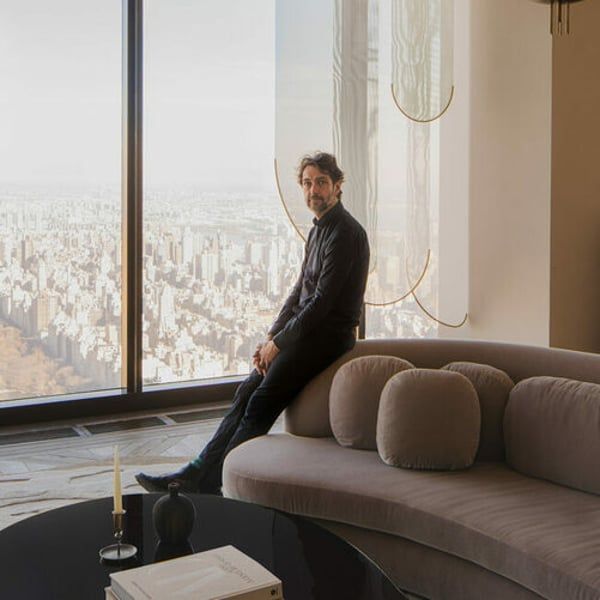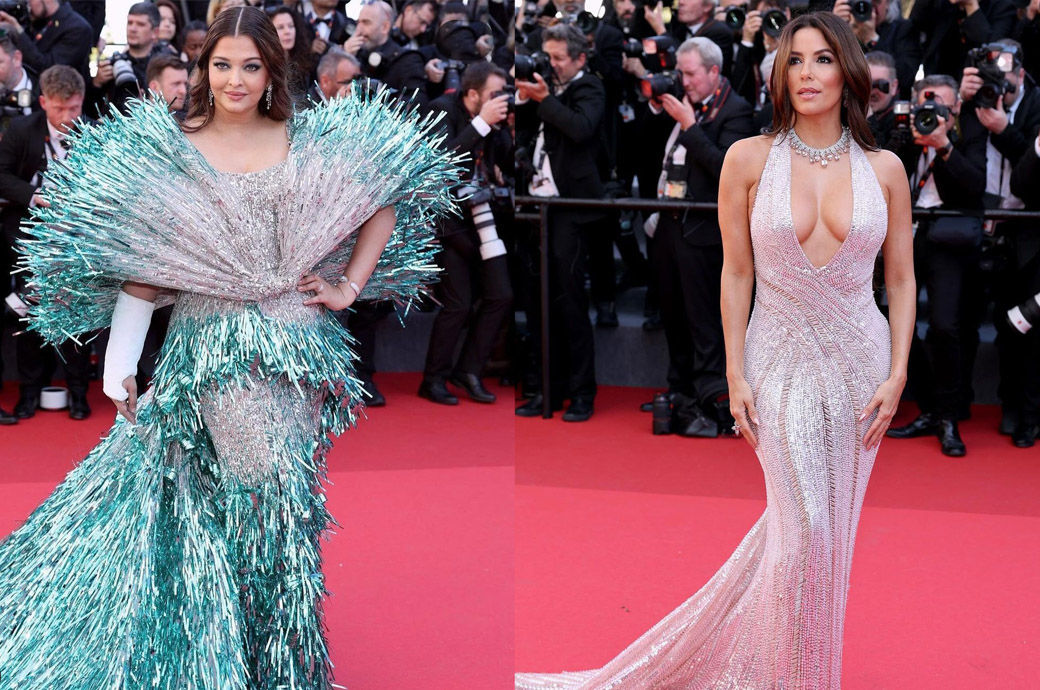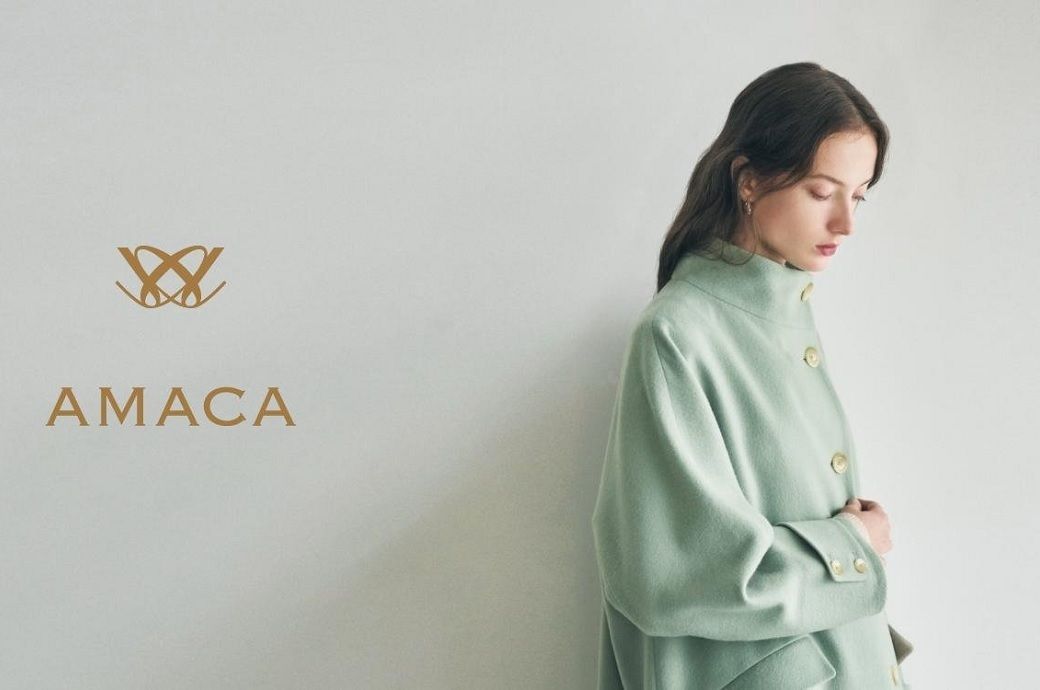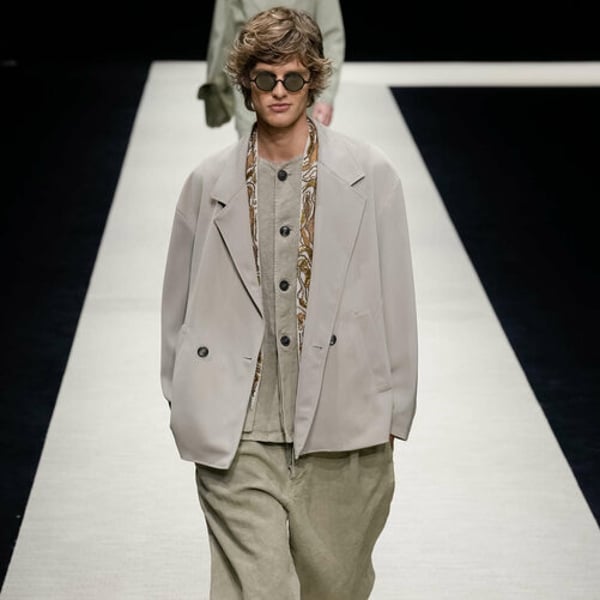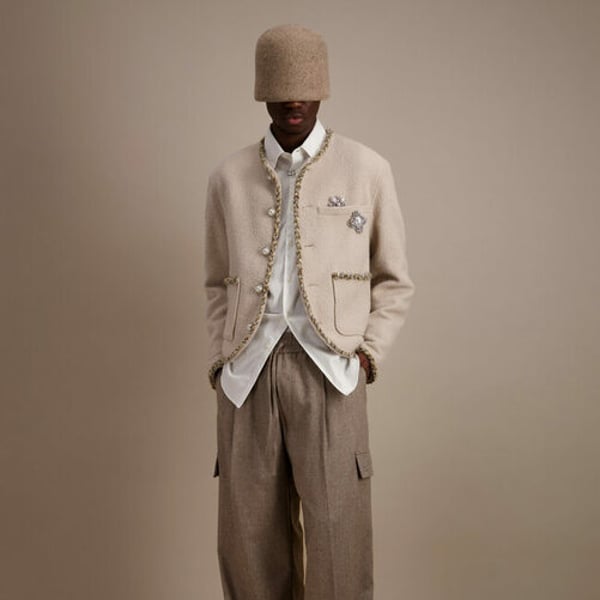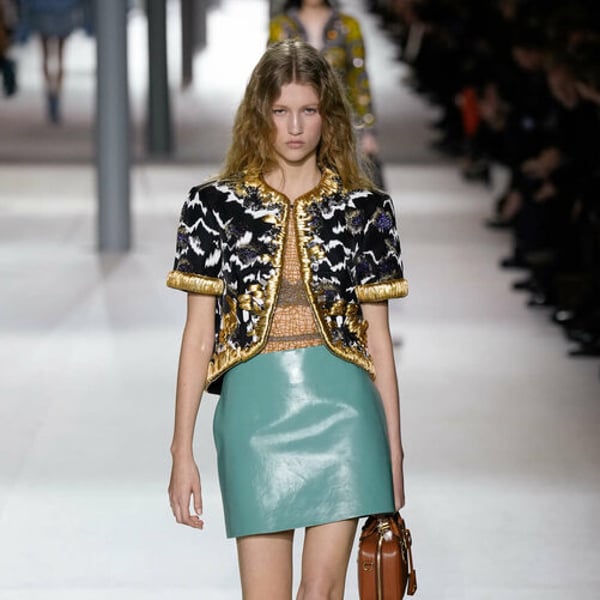Lovers of Chanel, especially its Haute Couture, need no introduction to learn about the Métiers des Arts of the French powerhouse. Brothers Alain and Gérard Wertheimer, both owners and guardians of the Coco Chanel legacy since taking over from their father Jacques in 1996, continued the brand's tradition of rescuing many of France's unique artisanal makers. In 1984, Chanel began acquiring studios with artisanal skills, and quickly found itself endangered by a changing automated world. Today, these artisans are found under the same roof at Chanel's Metiers building, le19M, in Paris. One such workshop, Montex, known for its couture embroidery, has prospered through this partnership, expanding the craft into home design. Studio MTX 'Broderie Archtecturale', launched in 2013, took couture techniques, expanded them to a larger scale and applied them to interior design, becoming a Chanel.Métiers d'art of decoration' brand.
As Studio MTX enters its 11th year, the shop is ready to take on the US market. He presented his savoir-faire with the Invisible Collection design marketplace in the highly curated platform's exclusive display department at Steinway Tower at West 57.th Street in Manhattan. The two-day event featured press, designers and Chanel VIP clients who enjoyed a tour and talk from Studio MTX design director Mathieu Bassée. The French designer explained his different creations and processes and spoke with FashionNetwork.com about his visit to the United States.
“This is the right time because we are mature enough to penetrate the US market. We have the processes, the sales forces and the customer service behind it to serve it. Before, it was more of a boutique creation. But now, we are ready and we see that the American market is booming for this type of creation,” said Bassée in the spacious room overlooking Central Park at 76th floor of the Steinway Tower across from Carnegie Hall. It is known as one of the “thinnest” skyscrapers in the world. In fact, the band of 57th Billionaires Row was bustling with construction of more luxury developments on the day of the event.
It's also an interesting time for Chanel to promote its strength in interior design, as fashion and home design increasingly join forces. “It is true that most fashion brands overlap in interiors, but for Chanel, it is recent, there is no 'Chanel Home'. They are rooted in fashion, but they feel that something may be happening in the design sector of interiors,” continues Bassée. “They definitely don't need to. At first we see interior design creations benefiting from a fashionable heritage, but maybe in a few years, they could bring new techniques or 'flavors' into fashion. It's so recent, so we'll see.” “he added, proposing an inverse scenario.

Interestingly, while Studio MTX creations are meticulously assembled by hand, the components used are created with 3D printing techniques, increasingly used in fashion, but not generally in Chanel's Haute Couture ateliers. (Though the late Karl Lagerfeld did feature a classic Chanel suit rendered with 3D printing at a 2015 presentation.) “Chanel is preserving centuries-old savoir-faire techniques; they don't need 3D printing. When there is a design challenge, we have the expert hands to solve it,” he said.
Bassée guided guests through some of the processes for making their screens, wall hangings and window decorations with key signatures such as octagonal, hexagonal and pyramidal multifaceted metal tubular shapes; Delicate ribbon and lace textiles combined with tubular metal details and paper-thin mesh panels cut out of metal, a feat of engineering in itself according to the designer. He showed examples of a glass room covered with Studio MTX screens made for Chanel, presumably in the brand's new watch and jewelry flagship on Fifth Avenue, screens made for Cartier depicting its famous panther, and a project on a yacht that I had to consider minor vibrations. frequency caused by the giant ship's engines.
Naturally, Studio MTX's designs paired well with the modern space and panoramic views of New York. “The works here are selected based on this elegant penthouse; they are flatter with gradient colors. Other creations, such as in the early 20th century townhouse from the Invisible Collection, can be adapted with colors, finishes and textures; they can be vibrant and reflect more historical details,” he noted.
Copyright © 2024 FashionNetwork.com All rights reserved.

